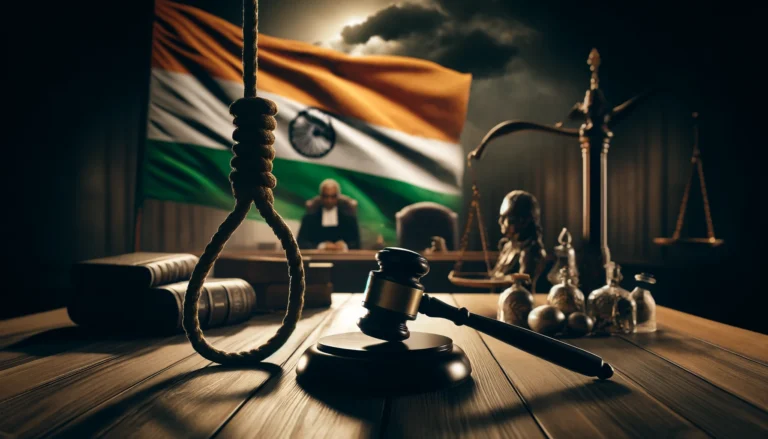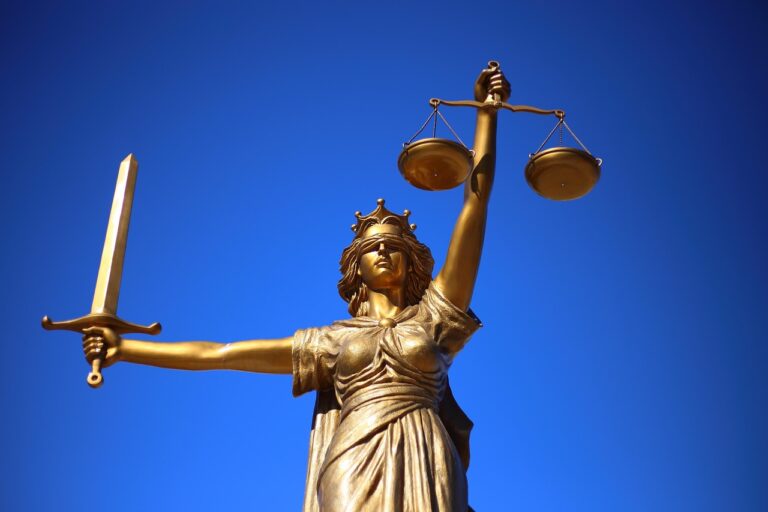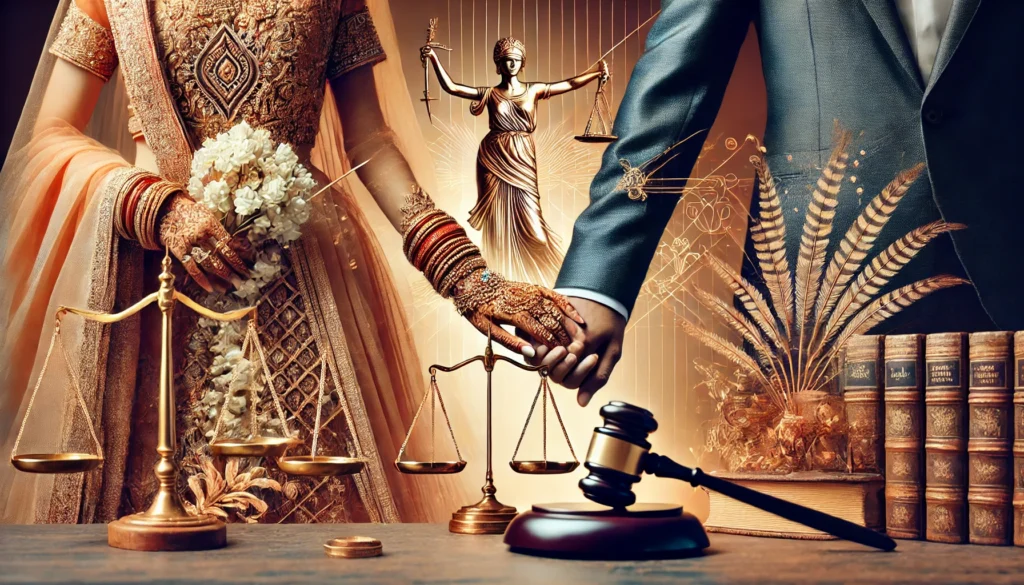Published on: 09th October 2025
Authored by: Nishi Joshi
Campus Law Centre, Faculty of Law, University of Delhi
The Digital World: The New Front of Terrorism
The Internet has now proved a powerful ally of terrorism in cyberspace. Extreme ideas spreadtoday on social media, encrypted messaging apps, and the internet in general, rather thanbeing confined to remote training camps or underground cells. Radicalization becomes eveneasier over the internet, especially because anyone with an internet connection can joininandremain anonymous. This poses a huge problem for governments, big tech corporations, andeven the general society as a whole. To combat the increasing problem of radicalizationonline, we must advance our regulations alongside the digital world.
The Evolution of Radicalization in the Internet Age
Traditionally, radicalisation has occurred through personal exposure in the real world. Thesedays, someone can be indoctrinated, exposed to extremist propaganda, and even recruitedwithout ever actually meeting a handler in person. ISIS and other terrorist organizations havemastered digital propaganda, luring vulnerable individuals around the world into their onlineplatforms with the help of blogs, memes, chat rooms, and stratospherically produced videos. Lone-wolf attacks have become more frequent, and often in response to content foundonline. It’s a big reason we are not repeating this mistake. This important shift underscores a larger point: this century, terrorism doesn’t run on propaganda; it runs on the Internet. It hastens therecruitment process, spreads extremist narratives wherever there is a keyboard, and simplifiesplanning and execution to a ridiculous degree.
Recent Example: Pahalgam Terror Attack
On April 22, 2025, a terrorist attack at the Baisaran Valley in the Indian Occupied JammuandKashmir region left 26 individuals dead and over 20 others injured. The attack targetednon- Muslim male tourists and it became the single worst attack of its type in India since the Mumbai attacks in 2008. It was purportedly aimed at preventing demographic changes perceived to be happening towards the Muslim-side within the Kashmir Valley. Another local Muslim was shot dead for allegedly trying to restrain the attackers. The attack was claimedby the Resistance Front which is a militant wing of Lashkar-e-Taiba, a terrorist groupproscribed by the UN. Each such incident leads to border tensions and a dispute betweenIndia and Pakistan regionally. The real-world repercussions of online radicalization anddigital terrorism networks are highlighted by this tragic incident.1
Crackdown on Online Support for Terrorism
Assam’s government took the initiative to impose a strict crackdown on support of terrorismfollowing the Pahalgam attack. The arrest of 6 individuals- included two students fromtheuniversity, Journalist Md. Jabir Hussain, Lawyer Md. Javed Mazumder, and AIUDFlawmaker Md. Aminul Islam – was made by the Assam Police. The arrested were accusedof social media posting justifying the Baisaran attack or sympathizing with Pakistan.
1 ‘2025 Pahalgam attack’ Wikipedia https://en.wikipedia.org/wiki/2025_Pahalgam_attack accessed 25 April 2025
Such arrests indicate a broadening of the scope of focus to not just the direct actors of terrorism, but to those who sympathize with and make it possible on the web.2
Legal Approaches and Obstacles
In India, terrorism and online radicalization are governed by the Unlawful Activities Prevention Act and sections of the Information Technology Act. Specific laws have beenintroduced in almost all countries to deal with the problem of cyber terrorism. Lawenforcement agencies do encounter a host of problems. Finding the appropriate degree of restraint that strikes a moderate control over free speech is not an easy task. While the government needs to take action against the promotion of violence and hate, unrestrainedcontrol poses a danger to basic rights, particularly the right to free expression. The existenceof unregulated countries with lenient enforcement gives terrorists a way out. It is alsoa problem that communications can be encrypted. Law enforcement has a difficult task monitoring radical activity without violating user privacy thanks to end-to-end encryptionoffered by applications such as WhatsApp, Telegram, and Signal. Legislation almost alwayslags behind technological advancements. Radical content is disseminated in newways likethe dark web and deepfake technology.
The Role of Tech Companies
Tech companies find themselves in the midst of this battle. There is mounting expectationonFacebook, Twitter, YouTube, and similar platforms to monitor and limit extremist material. Projects like The Global Internet Forum to Counter Terrorism (GIFCT) offer proof that thegovernment–business partnership can indeed work. The forum attempts, through the sharingof technological resources, counter-narratives, and information, to thwart terrorists fromusing the Internet. On the other hand, critics argue that the moderation policies of techcompanies are often poorly defined and applied in an inconsistent, opportunistic way. Withthe ubiquity of the Internet, the ‘take-down’ approach — removing content after it has beenposted — is increasingly less effective. There is more and more need for active strategies, such as veteran pre-screening uploads, sponsoring proactive counter-radicalization campaigns, moderation through AI technologies, and radical content flagging. These complexities captionthe reality that automated systems often misidentify fully legitimate images and videos as suspicious content.
Why Global Cooperation is Important
Because the Internet is a universal medium, international collaboration is highly important. Programs like the Christchurch Call to Action designed to eliminate hate and violent extremism and terrorism from the Internet works as an international response to the 2019mosque shootings in New Zealand that were horrifically live-streamed. The United NationsOffice of Counter-Terrorism (UNOCT) along with Interpol work in collaboration withothergovernments to construct systems that fight terrorism while still respecting individual rights. However, the smooth functioning of everything in coordinated collaborative efforts is veryoften disturbed by international geopolitical tendencies and diverging national legislation. For
2 ‘Assam Government Cracks Down On Online Support For Pahalgam Terror Attack; MLA, Lawyer, Journalist Among Arrested’ The Commune (26 April 2025) https://thecommunemag.com/assam-government-cracks- down-on-online-support-for-pahalgam-terror-attack-mla-lawyer-journalist-among-arrested/ accessed 26 April 2025
instance, bureaucratic hurdles or political suspicion might slow down the treaties on sharinginformation between nations, and that is precisely the time when terrorist organizations canhave unhindered access to expand their networks.
Beyond Regulation: A Comprehensive Strategy for Prevention
To deal with the challenge of digital radicalization, consideration must be given to alternativemethods. Solutions do attempt to regulate and control extremism within its frameworks, however, community initiatives and the advancement of media literacy also contribute toward combating extremist propaganda. Teaching young people how to critically analyzeand evaluate information is the first step. Countering arguments is not enough; narrativecrafting is just as essential. Sponsored narratives from community figures, especially byspiritual and civic leaders, counter extremist propaganda and are more effective than manybelieve. As for the government and policymakers, they need to stop attempting to guide narratives and conversations that are impossible to rationalize for the most susceptible. Theyneed to instead grant unrestricted expression of these narratives and only place props for those seeking to psychologically support vulnerable populations. Efforts to help those at riskof radicalization through supportive mental health resources should be increased. There is potential to do so through de-radicalization programs, early intervention measures, andmental healthcare services.
Cutting Off Digital Terrorism’s Resources
Radicalization prevention through monitoring the services and online platforms whichsponsor digital radicalization is just as important. Stricter policies on monitoring finances aswell as on crowdfunding sites can minimize the funds available to extremist groups. It is vital that cybersecurity strategies are improved in order to secure prevention of radicalizationondigital platforms. For policies to be useful without restriction they need to be scrutinizedthoroughly with other research institutions and think tanks who examine the evolutionof online extremism and willing to combine with other policy offering institutions.
Strengthening Law Enforcement Capabilities
Also, law enforcement agencies need to be provided with advanced training and tools indigital forensics and have specialized cyber units established for the quick monitoring, detection, and neutralization of radical content and recruitment hubs. As always, maintainingthe democratic society requires the public’s confidence as a result of transparency in the monitoring systems.
Increasing Social Resilience in the Face of Extremism
In the end, having societies which appreciate communication and value diversity alongsideinclusivity goes a long way in ensuring that there is strong resistance against extremist ideologies. A society that promotes social justice, encourages dissent, and addresses grievances constructively experiences much lower levels of radicalization.
Conclusion: Reclaiming Digital Spaces
The internet is a great tool for knowledge, creativity, and building connections, but it canalsoserve as a tool for opportunists who wish to promote hate and violence. Combating digital radicalization requires a bold, extensive, and multi-faceted approach devoid of restrictions onliberties while guaranteeing security. Although law enforcement and legal measures are crucial, it is clearly evident that changes to combat ideological extremismwill stemfromresilience built by societal structures. To reclaim cyberspace from potential abusers, thereisaneed for technology firms, governments, civil society, and society at large to join forces.













